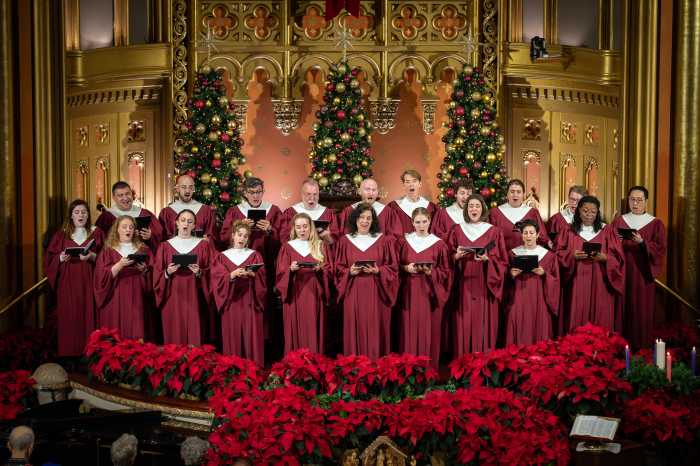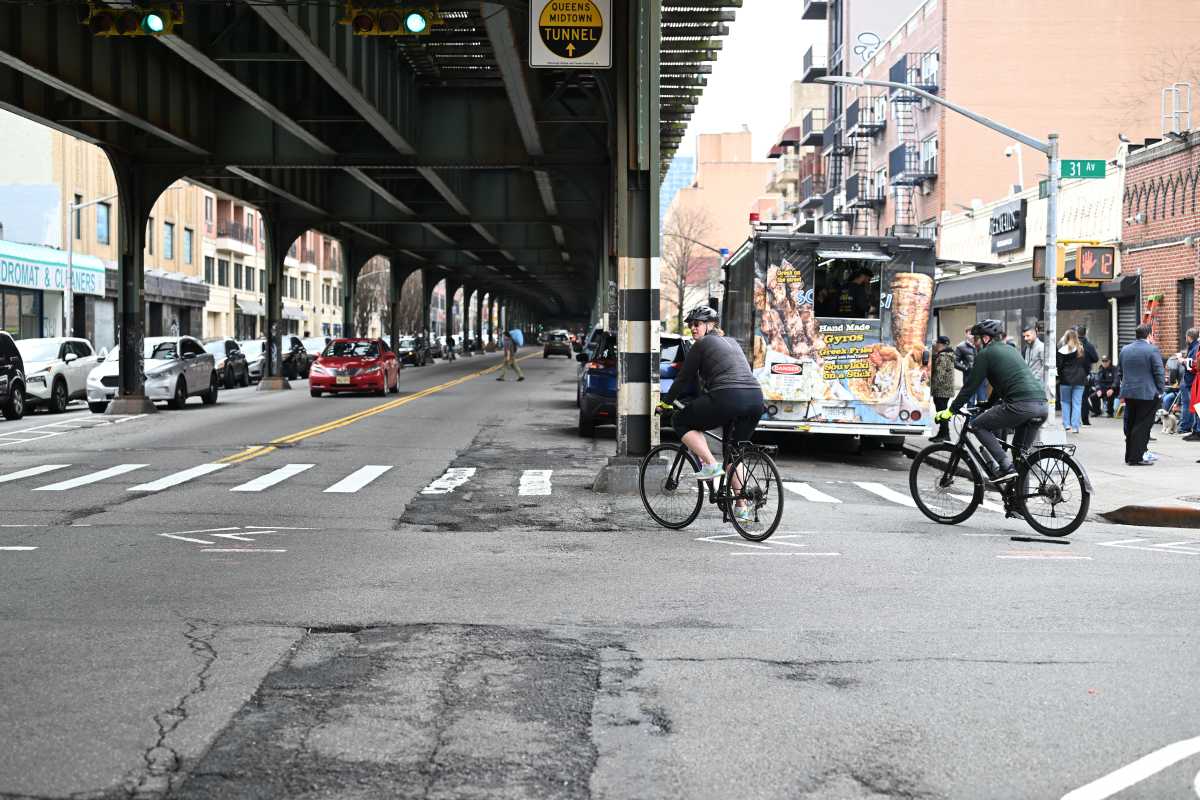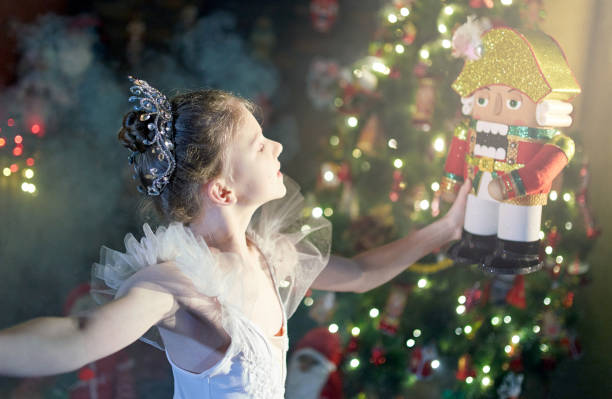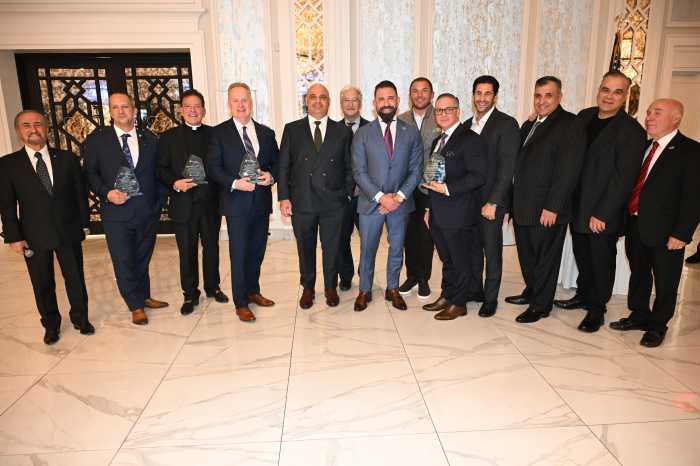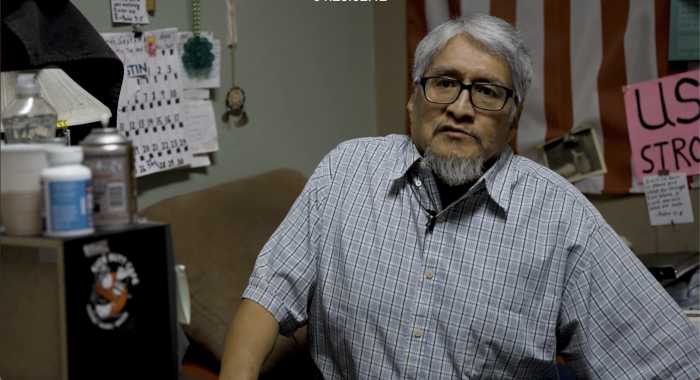The Midtown Community Justice Center (MCJC) courthouse got a shock of neon greens, sky blues and lemon yellows on its walls last week through an art installation of paintings, encapsulating its nontraditional justice practices.
The artists who painted and installed the artwork came through a group that redirects young people charged with misdemeanor crimes or who are in need of support and provides resources for them to work in the arts.
Artist Samantha Cortez, who now works as an alumni fellow of the program after getting involved as a teenager, could never have imagined her paintings being installed in a courthouse, but the nonprofit, Artistic Noise, provided her with an avenue “not just to grow my career, but to continue that cycle of support and be a mentor.”
Presiding MCJC Judge John Zhuo Wang said that in thinking about the art project, he and the center’s project director set out to ask, “How [can we] make this space more vibrant? How [can we] challenge the notion of a court as a place of punishment, shame and judgment?”

Cortez and the two other artists who created the bright, large-scale canvases now decorating New York City’s first-ever community court on the west side of 53rd Street, are all alumni of Artistic Noise who now teach in the program. Midtown Community Justice Center’s choice to commission the nonprofit to spearhead the project was a simple one.
The group works in the justice center building to offer therapeutic art sessions to young adults from ages 18 to 25 who are charged with misdemeanors. An art therapist will work with the young people to express themselves about the incident that brought them to court in lieu of getting their case prosecuted further.
“You show up also with a lot of hesitancy and trepidation in terms of what’s gonna happen to me? Am I being led out in handcuffs? Am I being given a huge fine?” said Calder Zwicky, Artistic Noise’s executive director. “And basically what MCJC does is breaks that down and lets people know, you are gonna leave here today with nothing on your record.”
Judge Wang said that when you have a model of justice that seeks to support the population it serves, it can come as a shock.
“I go upstairs at the end of the session to just talk to them a little bit about how their cases are now finished and there was a decline to prosecute and they expressed to me all the time just the delight and surprise that they have with this experience,” he said.

The Artistic Noise artists, Cortez, Jasmine Alford and Joseph Goodwin, worked with the justice center’s staff to envision and execute the large canvas artworks that now hang from above the pews of the center’s chapel-like courthouse.
Alford said the program helped her chart a creative career. After a social worker introduced her to Artistic Noise as an 18-year-old, the program gave her a start doing art. She now teaches dance professionally in addition to working as a tattoo artist and painting when she can.
“I never wanted a job unless it was something I love to do, like dancing,” she said.
Goodwin said that while normally his artwork functions as a way to dive into the “ugly side” of New York’s urban fabric, he appreciated the idea of doing something “uplifting and something colorful, especially knowing the kind of environment this is gonna be — to bring light to what might be a dark situation.”
Like his colleagues, Goodwin has been working with Artistic Noise since he was a teenager, and said that the nonprofit has changed his trajectory by “opening the reality that you can get paid off your art. It’s very possible. A lot of the kids — they come from backgrounds where it’s not a realistic future for them. It’s kind of cool that it kind of transformed their mind to giving hope,” he said.














